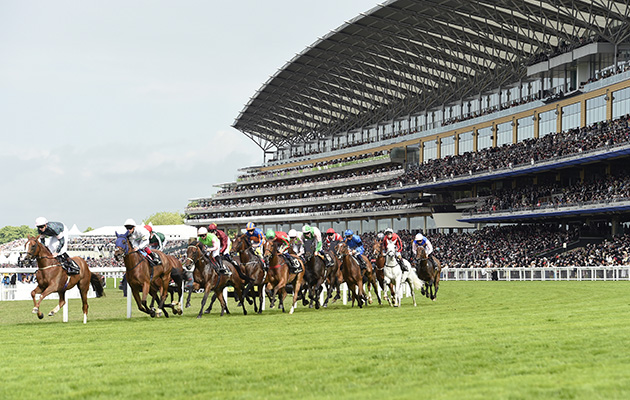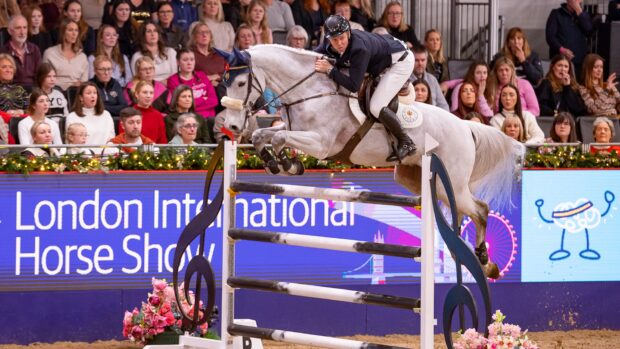A robotic horse sling that is hoped to help the recovery of horses with serious leg injuries is in development.
The animal rehabilitation management system (ARMS) can be programmed to suit each individual horse’s needs, giving more support to the front or hindquarters of the equine depending on his injury.
“It also has a setting where it senses very sudden changes in movement, so if a horse stumbles or falls then the lift will catch the horse,” said research leader Dr Julia Montgomery, of the Western College of Veterinary Medicine, in her video blog.
The innovative robotic contraption is the brain-child of engineering and manufacturing company, RMD Engineering.

Credit: Christina Weese (foxtailstudio.net)
It has been created and developed with a team of researchers from the University of Saskatchewan’s college of engineering, college of kinesiology, her husband veterinary radiologist Dr James Montgomery and the WCVM in Canada.
“RMD Engineering approached us and asked if we think this is a technology that would be valuable for horses,” said Dr Montgomery.
“My first reaction was ‘yes’. If we can get this to work this will make a great difference to a great many horses.”
It is hoped the lift will help rehabilitate horses suffering from acute injuries and musculoskeletal problems by providing mobility and weight distribution, as well as support.
“When it comes to recovering from injury, horses really are their own worst enemies,” added Dr Montgomery.
She said two of the biggest types of complication is horses re-injuring themselves after an injury or fracture, and laminitis.
The sling is not designed for equines to be in long-term, but for the time it takes the injury to heal.
The settings can be altered to lessen the support gradually as the horse recovers.
“That way the horse can slowly rehabilitate itself,” Dr Montgomery said.
The researchers have been testing the prototype on a healthy horse and are now seeking funding to help iron out the problems and develop the product further.
Related articles:
- Laminitis in competition horses: who is at risk? *H&H VIP*
- My horse’s leg is filled: what could this mean? *H&H VIP*
- What to do if your horse impales himself? *H&H VIP*
“The biggest complication we have run into is that after a while the sling does make the horse uncomfortable and it can affect their breathing,” she said.
“It is really not meant for the horse to be in it long-term.”
Dr Montgomery added that in the future it could be used by lots of different people, from veterinary schools to rehabilitation centres.
“I am very excited about it — this will make a big difference to a lot of horses and I think it will give a lot of horses a chance that before they did not have,” she said.




